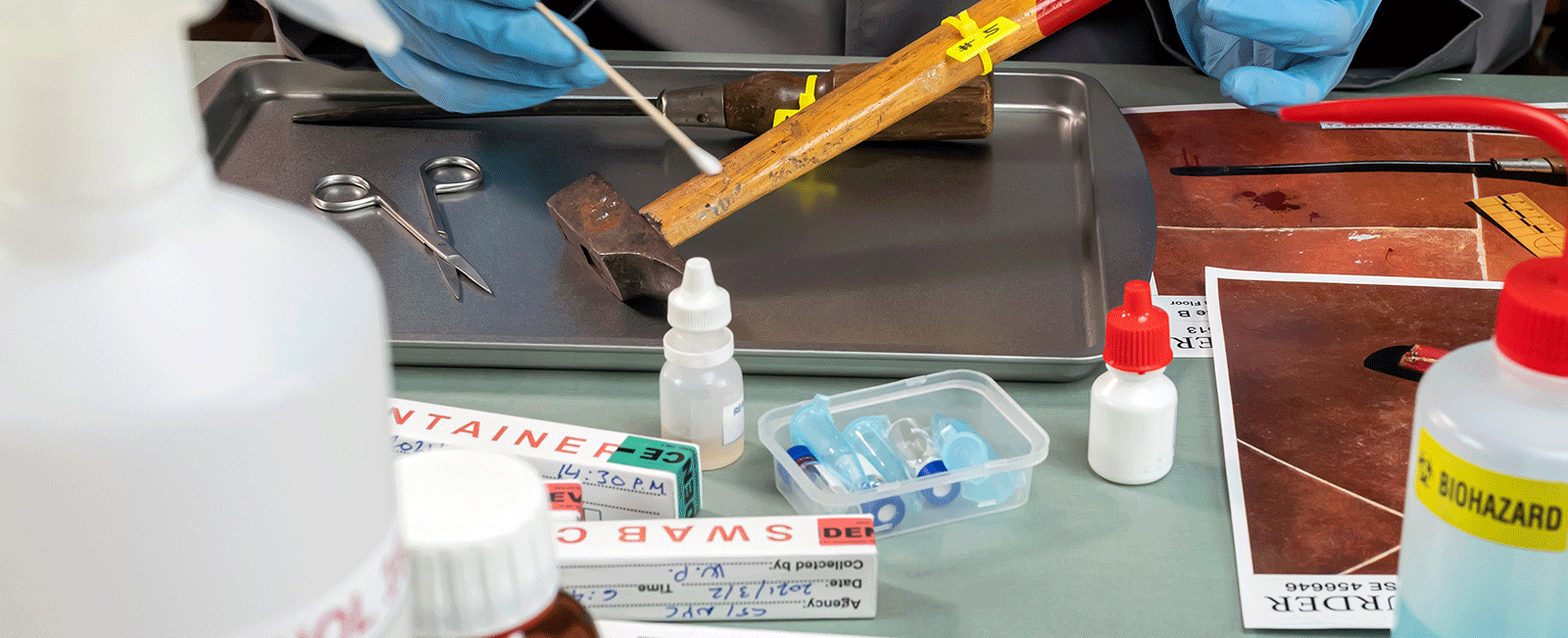Introduction: Disc rupture in the spine is a common injury encountered in personal injury cases. Understanding the differences between acute and degenerative disc rupture is crucial for attorneys and insurance executives involved in case reviews. This article aims to provide a comprehensive overview of the key differences between acute and degenerative disc rupture, as well as their implications for legal proceedings.
- Acute Disc Rupture: Acute disc rupture typically occurs due to a sudden traumatic event, such as a motor vehicle accident or a fall. It involves the sudden tearing or herniation of the intervertebral disc, sometimes resulting in compression of nearby nerves and subsequent pain and discomfort. Acute disc ruptures often present with immediate symptoms and can be linked directly to a specific incident, making them relatively easier to establish causation in legal cases.
- Degenerative Disc Rupture: Degenerative disc rupture, on the other hand, is a gradual breakdown of the intervertebral disc over time. It is often associated with natural aging processes, wear and tear or repetitive stress on the spine. Unlike acute disc rupture, degenerative disc rupture may not be linked to a specific incident or trauma. It tends to develop slowly and is commonly observed in individuals with pre-existing degenerative disc disease. Proving causation in cases involving degenerative disc rupture can be more challenging, as it requires establishing a connection between the disc disorder and the alleged incident.
- Clinical Presentation and Symptoms: The clinical presentation and symptoms of acute and degenerative disc rupture can differ. Acute disc rupture often presents with severe, localized back or neck pain, radiating pain, numbness, tingling, or weakness in the extremities. In contrast, degenerative disc rupture may present with more chronic and insidious symptoms, including intermittent back pain, stiffness and gradual loss of spine flexibility. Understanding the differences in symptomatology can assist attorneys and insurance executives in evaluating the timeline and severity of the injury.
- Diagnostic Approaches: Accurate diagnosis is crucial in disc rupture cases. Diagnostic approaches may include a combination of clinical examination, imaging studies (such as MRI or CT scans), and consultation with medical experts. These diagnostic tools can help differentiate between acute and degenerative disc rupture, providing essential evidence for establishing causation and assessing damages in legal proceedings.
- Implications for Legal Proceedings: The differences between acute and degenerative disc rupture have significant implications for legal proceedings. Proving causation in cases involving acute disc rupture is often more straightforward, as it can be directly linked to a specific incident. However, cases involving degenerative disc rupture may require a more nuanced approach, considering factors such as pre-existing conditions, medical history and the progression of degenerative changes. Attorneys and insurance executives should carefully evaluate the evidence, consult with medical experts and construct persuasive arguments to establish the connection between the injury and the alleged incident.
Conclusion: Understanding the differences between acute and degenerative disc rupture is crucial for attorneys and insurance executives involved in personal injury cases. By recognizing the key distinctions in clinical presentation, diagnostic approaches and implications for legal proceedings, professionals can navigate these cases with precision and provide authoritative case reviews. Collaboration with medical experts, thorough evaluation of medical records and comprehensive analysis of the evidence are essential for establishing causation and determining fair compensation for individuals suffering from disc ruptures.


